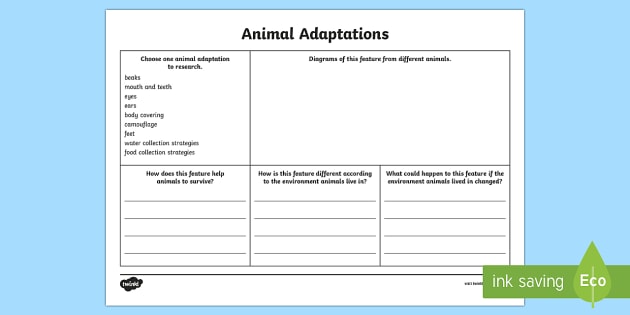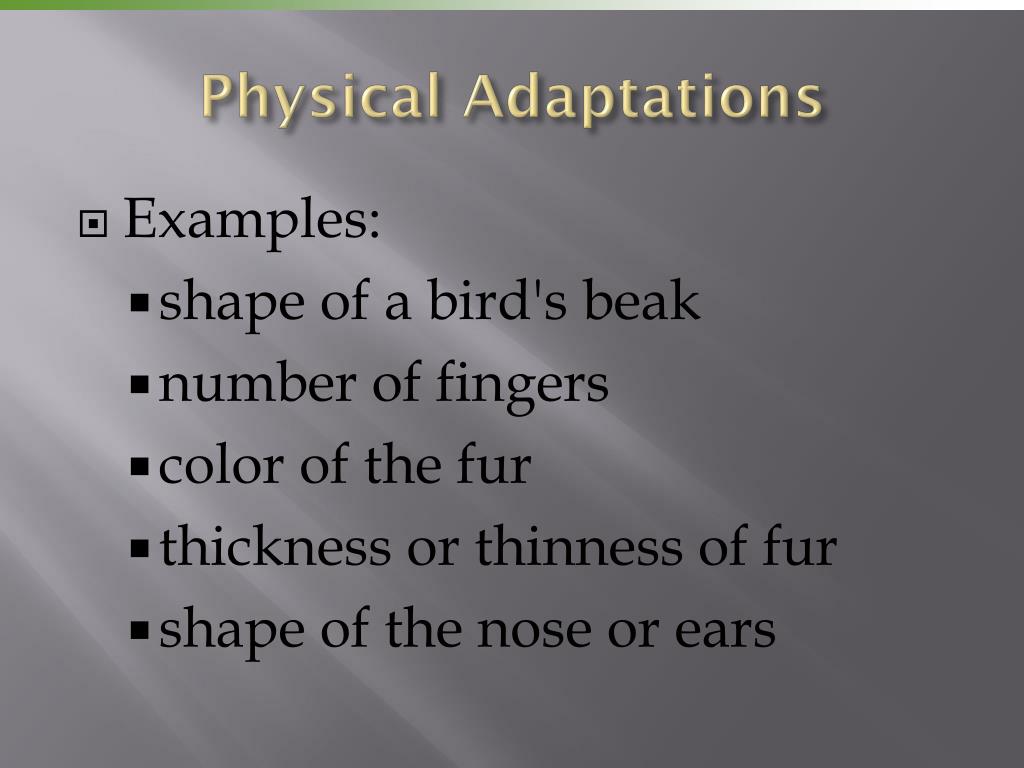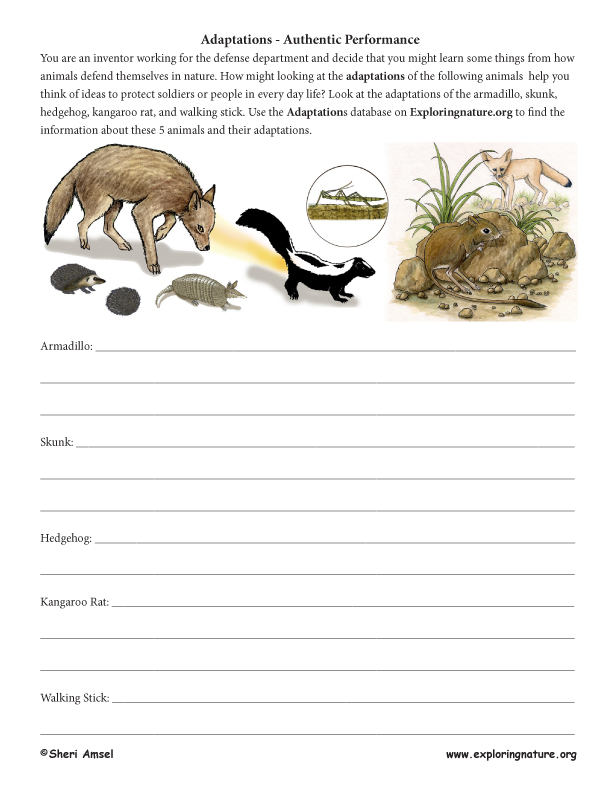
They will utilise their knowledge of examples to demonstrate their understanding of an adaptation and describe how it enhances the survival of a species. While there aren’t many terms or definitions associated with the adaptations topic in this lesson sequence, students will benefit greatly from understanding diverse examples of species and their adaptations. Students will have the opportunity in their groups to match up species and their adaptations and discuss with each other how and why they enhance the survival of the particular organism. Students will observe and describe some features of organisms shown on the species cards, and the students are to hypothesise what they think these features are used for. The teacher will be required to print out the species cards, so each group has a set. Throughout the lesson students will focus on how these features enhance an organisms’ survival, something the students may not have considered before. The students will be familiar with some of the features described and explored throughout these videos. Students are introduced to adaptations through two videos, one on Venus Fly Traps and the other on the Blood Squirting Horned Lizard.

Understand that adaptations enhance an organism’s survival.Describe what an adaptation is and provide examples in both flora and fauna species.Even though implemented at the local scale, adaptation options often require coordination with higher levels of governance to ensure sustainable and harmonised spatial planning of the whole region.At the completion of this lesson, students should be able to: The implementation of measures must be coordinated at the proper spatial scale, fit to the specific local context and compliant with national and subnational regulations and plans. Alongside with the implementation of the adaptation measures, the efforts and costs for their maintenance should be carefully considered for an effective long-term adaptation process. The efforts and costs for the maintenance of the adaptation options were not yet systematically reported for all Climate-ADAPT adaptation options. engaging in a new activity, or changing practices to take advantage of changing climatic conditions) building new flood defences, or changing location or activity) Avoiding or reducing exposure to climate risks (e.g.Off-setting losses by sharing or spreading risks (e.g.Accepting the impacts, and bearing the losses that result from risks (e.g.For each RKR, three adaptation options are listed, leading to 24 options that cover a representative variety of strategies to adapt to climate change. In the IPCC AR6 WG II report Climate Change 2022: Impacts, Adaptation and Vulnerability (see Chapter 17: Decision Making Options for Managing Risk), IPCC clusters options based on eight different Representative Key Risks (RKR s ) : ( 1 ) Risk to coastal socio-ecological systems ( 2 ) Risk to terrestrial and ocean ecosystems ( 3 ) Risks associated with critical physical infrastructure, networks, and services ( 4 ) Risk to living standards and equity ( 5 ) Risk to human health ( 6 ) Risk to food security ( 7 ) Risk to water security ( 8 ) Risk to peace and migration. IPCC clusters adaptation options in three main categories, further divided in sub-categories: structural and physical options, social options and institutional options. Soft options include policy, legal, social, management and financial measures that can alter human behaviour and styles of governance, contributing to improve adaptation capacity and to increase awareness on climate change issues. Other ways to classify adaptation options are available that proposed by the IPCC in its WG II AR5 report is one of the most commonly accepted (see Chapter 14: Adaptation needs and options).

Green measures are based on the ecosystem-based (or nature-based) approach and make use of the multiple services provided by natural ecosystems to improve resilience and adaptation capacity. Grey measures refer to technological and engineering solutions to improve adaptation of territory, infrastructures and people.

Adaptation options can be categorized in grey, green and soft measures.


 0 kommentar(er)
0 kommentar(er)
